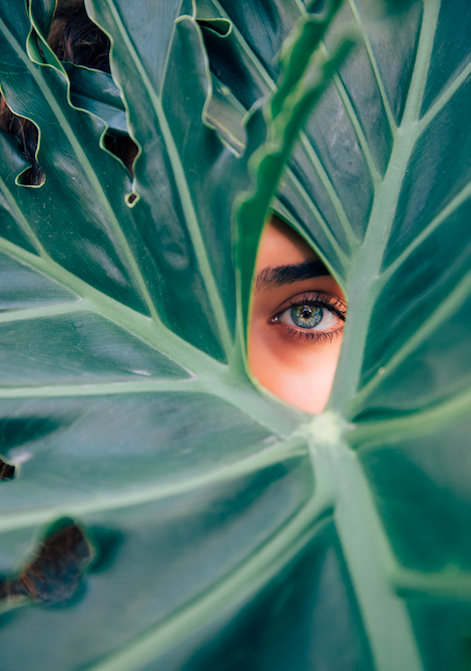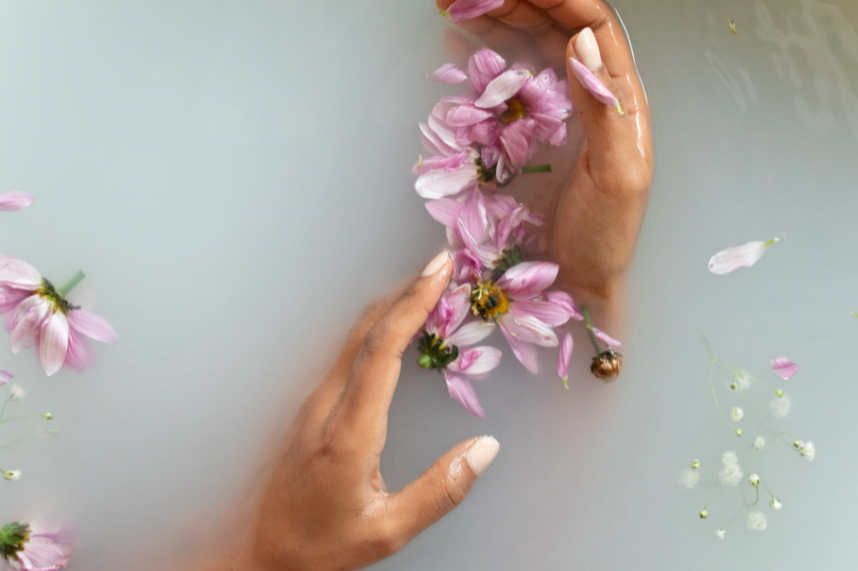Whilst face masks are recommended in most parts of the world , they aren’t exactly the best for our skin. Their side effects are known as ‘maskne’.
Masks – like any clothing that sits so close to the skin – trap heat and moisture. This then can become a rapid breeding ground for bacteria, in turn, causing irritation and blemishes to the skin.
This is a small price to pay, but there are practical ways to soothe suffering skin.
Here is how to limit and prevent the issue of maskne;
Choose the right material
It’s official; Managers of occupational Hygiene, Work Health & Safety, Health Safety Environment (HSE) Australia recommend cloth masks for public settings as they are predominantly between two – three layers thick, opposed to the single layer surgical mask.
Go-to materials such as cotton, linen and silk are much gentler on the skin, rather than the synthetic materials which obstruct breathability. Skin that can breathe is the key for less breakouts. Less breakouts = less worry and more confidence.
Refine your skincare routine
In order to understand the consequences of masks on the skin, it’s important to understand why and what layers of the skin are most aggravated. According to Dr Vincent Candrawinata, one of Australia’s leading health and wellness experts and founder of Renovatio, the skin on the face is particularly sensitive.
“Acne mechanica can cause inflammatory skin lesions such as papules and pustules, which are essentially pimples. If your skin is not allowed to breathe, the condition can worsen or be difficult to treat. During this challenging time for our mental health, skin issues can really add to the pressure of our mental wellbeing,” Dr Candrawinata says.
This is where skincare comes into play. Pruning the skincare routine during these times is essential. To avoid further skin issues, streamline a pre – mask morning routine with gentle cleansers, serums and moisturisers. Look for products with hyaluronic acid, glycerin, and ceramides. These will replenish the barrier on a daily basis and lock in hydration.
Be strategic with makeup
Face masks and a full glam look do not mix – the stains on the masks will prove it. Lipsticks and glosses should be put on hold when wearing a mask. As for foundation, keep it light around the nose and chin (if not skipping those spots completely), and choose a skin – friendly mineral foundation (if applying). Now is the time to perfect those brows and experiment with different variations of eye makeup.
Wash masks regularly
This should already be commonplace in any routine – (first and foremost to reduce the risk of spreading Covid – 19) but also, to rid masks of the gunk collected from day – to – day wear. Masks require frequent washing as the oils, sweat and bacteria build up and only exacerbate skin conditions and irritation.
Treat maskne accordingly
Tackling skin issues deems a careful and considered approach. Maskne can be treated through the simple use of pimple patches. These clear silicone dots contain salicylic acid, and when placed over the pimple, provide a physical barrier between it and the mask. Rashes and patches of dryness or irritation can benefit from a soothing balm. This will generate a barrier to protect the skin, thus allowing it to heal and ease the friction from a mask.
For many, there is a high chance maskne will occur from wearing masks.
Acne can lower self esteem and worsen overall mental health, confidence and general wellbeing. Implementing these simple steps may help get a hold on any mask – related skin issues, prevent further irritation, and provide skin with the nourishment and care it deserves.





